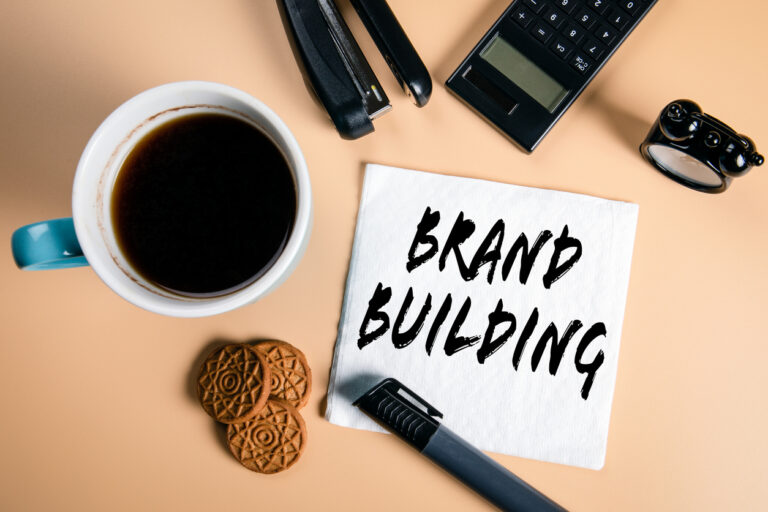Here’s the thing: a lot of software companies are willing to invest in their site’s initial setup. They may even spend a lot of time and resources to make sure that their site is top-notch. But then time goes by, and schedules get full; and before you know it, these companies own a website that’s old, out of fashion, and technically obsolete. Not good!
Clearly, you don’t want that to happen to you. But all of us have a lot on our plate — and it can be easy to focus all our energy on urgent tasks, while neglecting important aspects of our business that aren’t “emergencies.” So if your website isn’t engaging and converting prospects like you think it should, it may be good to take a step back and investigate what’s really going on. Let’s talk about 3 big reasons why your website may need some attention.
1. Your site has technical problems.
If it’s been a long time since you’ve updated the back end of your website, odds are its age is starting to show. Here are a few common “wrinkles” that may indicate it’s time to give your site a facelift:
- Poor site security. Look, there’s no point in beating around the bush: If your website still uses the HTTP protocol instead of HTTPS, then you need to make the switch ASAP. Also: welcome to the 21st century!
- Poor structuring. If your website isn’t structured correctly, it can have an adverse effect on your SEO. For example, have you not only linked back to old content from newer pieces of content, but also done the reverse — gone back through old content to link to newer articles? If you haven’t, you may be missing a golden opportunity to help Google’s crawlers index your site more easily.
- Slow load times. Images that haven’t been properly compressed — along with other extra features of your site — can slow your page speed and load times waaaaay down. And it’s no secret that users hate slow-loading pages as much as Indiana Jones hates snakes! (Well, almost.)
- Poor mobile experience. With over half of Internet users accessing the Web on their mobile devices, it’s important that your site is adaptable and responsive. (And that you don’t use a mobile sub-domain.)
What if you find it difficult to make technical changes yourself? You could work with a marketing partner to update your site; you could move your site over to a page builder like Elementor, Divi, or Webflow; or you could do both. Whatever you decide to do, it’s important to get any technical issues ironed out, pronto!
2. Your messaging stinks.
Don’t take offense, but this is another area you need to explore. Maybe nothing’s wrong with the technical side of your website, after all. Maybe your content just… isn’t that good. Here are some “symptoms” of poor messaging that you need to keep on the lookout for:
- Your consumers can’t really figure out what it is that you do. Artsy messaging is all well and fine; but if your audience doesn’t know whether your company sells footwear or office supplies, then you have a major problem on your hands.
- Your messaging is out of touch with customer needs. The COVID-19 pandemic demonstrated how vitally important it is to stay abreast of changing customer needs. How much money do you think the major grocery store chains would have lost if they hadn’t quickly pivoted to curbside pickup? The point is, you need to make sure that your messaging is “in tune” with the challenges and pain points that your target audience is facing.
- Your technical content is either too dry or too simplistic. If you’re writing for technical buyers, it’s crucial to find that sweet spot between over-simplifying everything and drilling too deep into the details.
- You don’t have enough proof points to satisfy your audience. If you have certifications, trust seals, and case studies up your sleeve, then make sure to emphasize those “proof points” to your users. No proof points = no credibility.
3. Your branding is meh.
Finally, there’s the aesthetic aspect of your website. Your technical side may be in line, and your content may be exceptional — but if your branding is wonky, then it may ruin all the hard work that you’ve put into the rest of your site. Think of it like this: they say not to “judge a book by its cover,” but more often than not, it’s the cover that determines whether someone is willing to investigate the book further (or not).
With that in mind, here are a few branding issues that may be dragging your site down:
- A dated look. If your website is full of blocky formatting or contains the dreaded Comic Sans font, then you may be shooting yourself in the foot.
- Poor UI/UX design. If your site’s navigation is difficult or counterintuitive, then it will reflect poorly on your brand. And if any part of your website skews towards “dark UX,” nip that in the bud right now!
- Lack of memorability. If your site uses generic images from Shutterstock, or conforms to the same layout template as a thousand other sites, then there may not be anything remarkable to distinguish your company from the competition. And while you may not agree with P. T. Barnum that “there’s no such thing as bad publicity,” you definitely want your target audience to remember your website in a positive way.
In summary, it’s a good idea to periodically audit your website for these 3 aspects: technical, messaging, and branding issues. And if you need some assistance with updating your website, then you can always reach out to our team of marketing experts at BrandSyntax. We can help you build a winning marketing program that will convert prospects into paying customers, and boost your bottom line.







